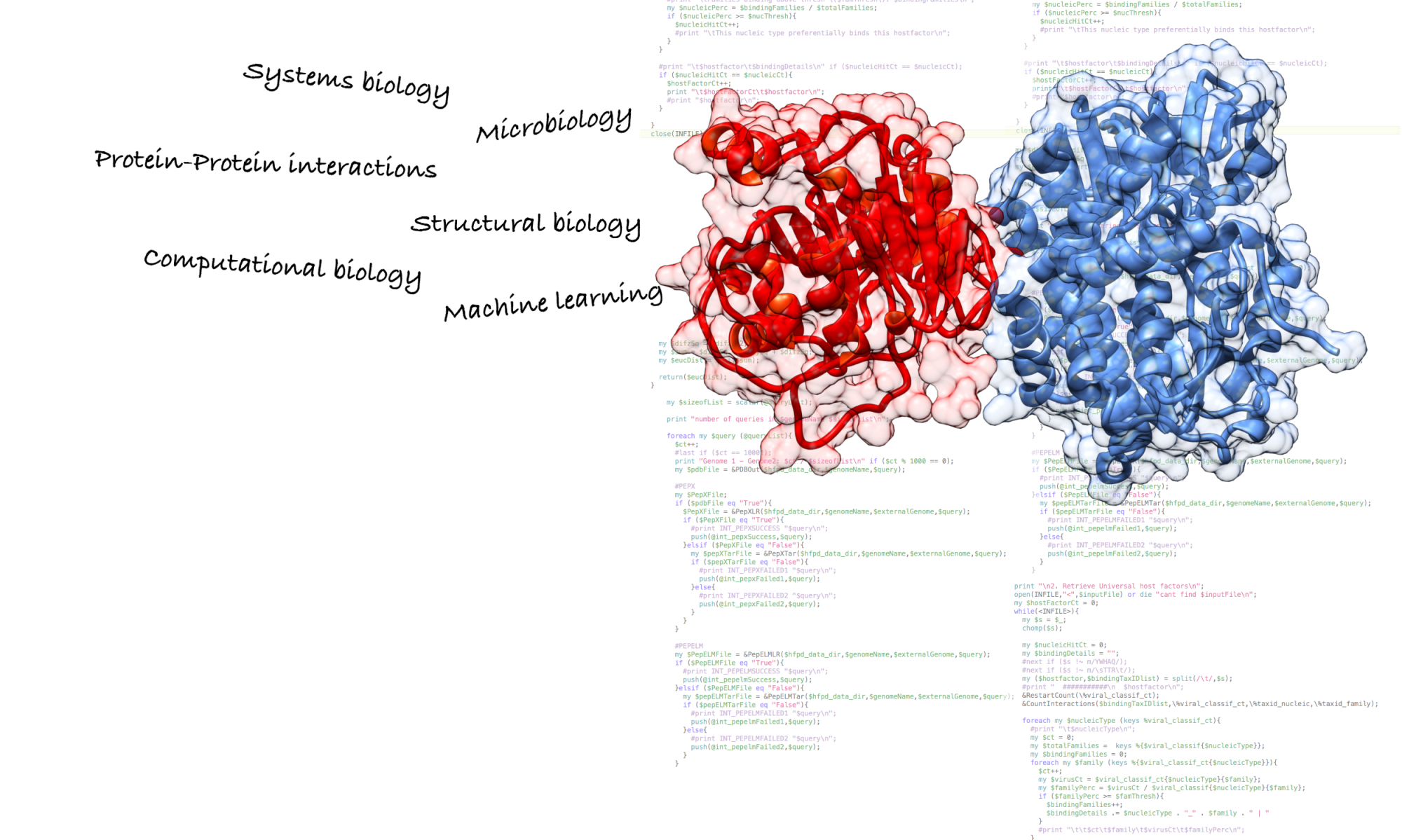Evolution, particularly in eukaryotes, requires the modification of genes that already exist. The ‘duplication-divergence’ model states that new genes evolve from a redundant copy of a duplicated parental gene. The copied gene is then presumed to be excluded from selection and hence prompted towards mutations that might confer a new function and an adaptive advantage. However, recent research has shown that tandem duplications are unstable and unlikely to remain long enough to acquire mutations {1,2}.
In this paper, Näsvall and colleagues describe the innovation-amplification-divergence (IAD) model. According to this model, the parental gene of function ‘A’ first innovates by acquiring a second minor function, ‘B’. Selective pressure then favours the amplification of this gene, leading to two or more copies of the parental gene and an increased activity of ‘A’ and ‘B’. In the last stage, the copied genes are subjected to mutations that can tune their function. Eventually, the evolved genes will either be specialized in one particular function or capable of carrying out both functions at a moderately increased rate.
Elegantly, Näsvall and colleagues have studied the evolution of the histidine biosynthetic enzyme (HisA) in real time to test their model. A spontaneous hisA mutant was selected in a Salmonella enterica strain lacking an enzyme that catalyzes tryptophan synthesis (TrpF) on a medium without histidine and tryptophan. The selected hisA mutant was found to develop a low level of TrpF activity. A plasmid containing the bi-functional mutant hisA was then introduced in a HisA-/TrpF- S. enterica strain and the bacteria was grown on a medium without both histidine and tryptophan. Within a few hundred generations, the plasmid region of interest was found to be amplified; thus, increasing the expression of the bi-functional gene and the bacterial growth rate. After 3000 generations, the authors observed divergent copies of the bi-functional HisA gene. In most of the cases, divergent copies specialized to catalyze one particular reaction at a higher rate (ending up with two copies, each specialized to carry out one particular reaction). Alternatively, improved gene copies capable of catalyzing both reactions at a moderately higher rate were also found.
